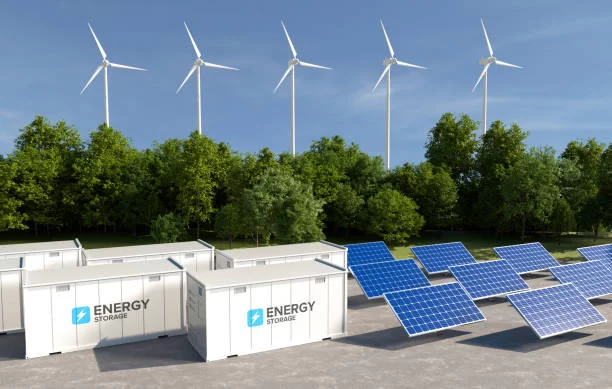Deciphering the Excellent Performance of Best Liquid Cooling Energy Storage
In the rapid development of the current energy field, innovations in energy storage technologies are constantly promoting the process of energy transformation. Among them, Best Liquid Cooling Energy Storage has become the focus of much attention due to its outstanding performance.
One of the core advantages of liquid cooling energy storage technology lies in its excellent heat dissipation capacity. Compared with the traditional air cooling method, liquids have higher specific heat capacity and thermal conductivity, and can absorb and transfer heat more effectively. This means that during the operation of the energy storage system, liquid cooling can quickly take away the generated heat to ensure that energy storage components such as batteries are always within the appropriate operating temperature range.
For example, in large-scale energy storage power stations, battery packs will generate a lot of heat during the charging and discharging process. If the heat cannot be dissipated in time, local high temperatures will not only reduce the performance and lifespan of the batteries but may even pose safety hazards. However, liquid cooling technology can control the temperature difference between battery packs within a small range, thereby ensuring the stable operation of the entire system and improving the charging and discharging efficiency.
The excellent performance of Best Liquid Cooling Energy Storage is also reflected in its significant role in prolonging the lifespan of the energy storage system. A stable temperature environment is crucial for the health of batteries. Both excessively high and low temperatures will accelerate the chemical side reactions inside the batteries, leading to battery capacity attenuation and performance degradation. By precisely controlling the temperature through liquid cooling technology, the aging rate of the batteries can be slowed down, allowing them to maintain good performance for a longer period.
Taking electric vehicles as an example, vehicles adopting liquid cooling energy storage technology often can significantly improve the cycle life of their batteries. This not only reduces the usage cost for users but also reduces the environmental impact of waste batteries, making an important contribution to the development of sustainable transportation.
In addition, Best Liquid Cooling Energy Storage also performs well in terms of energy density. Because the liquid cooling system can control the temperature more effectively, it allows batteries to be arranged more closely, improving the space utilization rate. This means that more energy can be stored within the same volume, providing more lasting power support for the equipment.
In practical applications, the advantages of liquid cooling energy storage technology have also been fully verified. After some data centers adopt liquid cooling energy storage systems, they not only reduce energy consumption but also improve the operational stability and reliability of servers. In the field of renewable energy, such as solar and wind power farms, liquid cooling energy storage systems can better adapt to unstable energy input and achieve efficient energy storage and release.
However, achieving the excellent performance of Best Liquid Cooling Energy Storage is not achieved overnight. This requires in-depth research and innovation in aspects such as system design, material selection, and liquid cooling medium optimization. At the same time, the complexity of the liquid cooling system also poses higher requirements for maintenance and management.
In the future, with the continuous advancement of technology and the gradual reduction of costs, Best Liquid Cooling Energy Storage is expected to be widely applied in more fields. It will not only bring higher efficiency and reliability to energy storage but also inject strong impetus into global energy transformation.
In conclusion, Best Liquid Cooling Energy Storage, with its excellent performances such as efficient heat dissipation, prolonged lifespan, and increased energy density, has become a shining star in the field of energy storage. Through continuous innovation and optimization, it is believed that it will create more possibilities for our energy world in the future.

